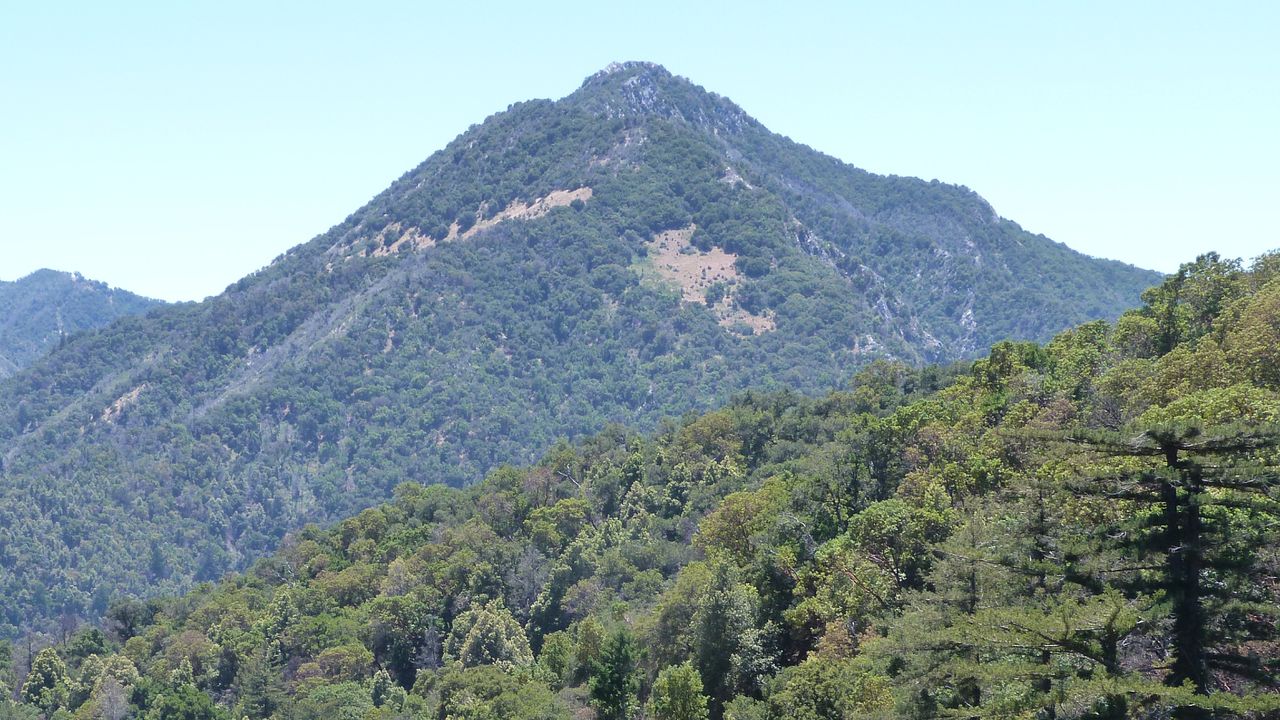A Girl Scout suffered a concussion after falling into a canyon during a hike in Los Padres National Forest, California, on June 22, 2023. Thanks to a satellite communication service, she was rescued within hours. This technology enabled the hikers to contact emergency services despite the lack of traditional cell phone coverage in the remote area.
The innovative service, which allows users to text 911 via satellites, became available to owners of newer iPhones in late 2022. Previously, these phones required specialized antennas for satellite connectivity. In early 2023, mobile operator T-Mobile launched its text-to-911 service in collaboration with SpaceX’s Starlink satellites, extending this capability to all smartphones less than four years old.
The girl’s troop of seven, along with their leaders, had planned an adventurous overnight hike on the 3,694-foot (1,126 meters) Pico Blanco mountain. The excursion took a dire turn when the girl lost consciousness after the fall. Without the satellite messaging service, the outcome could have been tragic.
John Snapp, vice president of technology at Intrado, emphasized the previous challenges faced in similar situations. “In the past, they would have to send somebody to hike out and find a spot with regular terrestrial signal and hope that they would find their way back and guide the rescue team there,” Snapp told Space.com. He noted that cell phone coverage is often unreliable in the rugged terrain of Los Padres National Forest, which receives millions of visitors annually.
Jason Davis, ECRC Manager at Intrado, described the complexity of locating callers in remote areas. “When people are lost in remote areas with no knowledge of their location and cellular coverage is too weak for standard communication, pinpointing a 911 caller becomes extraordinarily challenging,” he stated. “In this rescue operation, satellite technology proved absolutely critical.”
The satellite service allowed Intrado’s Emergency Call Relay Center to pinpoint the girl’s exact location immediately. Local first responders coordinated a rapid response, sending a helicopter within minutes to retrieve the injured scout. A second helicopter followed shortly after to ensure the safety of the remaining troop members.
Snapp highlighted the limitations of terrestrial cellular networks, stating that they cover only about 80% of the U.S. territory. The rugged slopes of Los Padres National Forest represent the remaining 20% that was previously off-grid before satellite direct-to-cell services were introduced.
The advancements in satellite technology are not limited to emergency situations. Starlink, with its fleet of approximately 8,000 satellites, aims to provide broadband connectivity to remote areas globally. Over 500 of these satellites facilitate direct-to-cell text messaging. Other operators, such as Vodafone and AT&T, are also developing partnerships to deliver 4G and 5G services via satellite.
The service offers a seamless experience for users, as Snapp explained. “The satellite is like just another cell tower, only in space, and the phone is constantly looking for a cell site to connect with.” This innovation ensures coverage in areas where traditional networks are unavailable.
The implications of this technology extend beyond hiking enthusiasts; it also holds potential for those at sea in international waters, where cell towers are nonexistent. Snapp believes this capability will be transformative for adventurers and mariners alike.
In conclusion, the successful rescue of the Girl Scout underscores the critical role of satellite communication services in emergency situations, potentially saving lives where conventional methods fall short. The integration of satellite technology into the emergency response framework marks a significant advancement in public safety, particularly in remote and challenging environments.



























